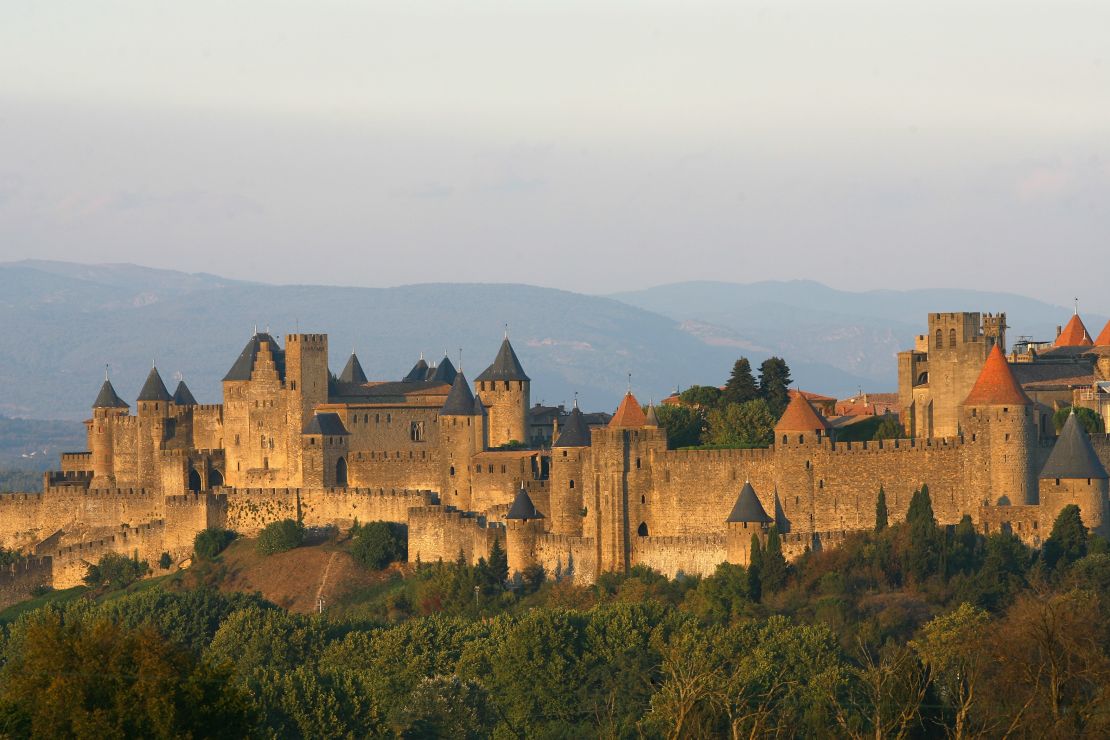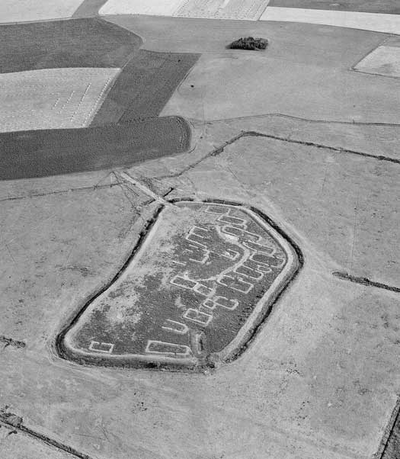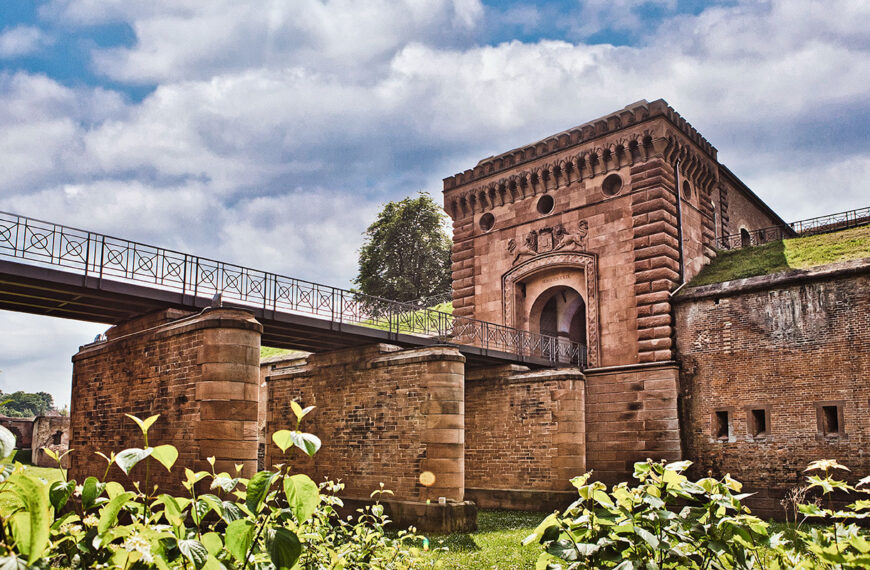Medieval Engineering Innovations
Medieval fortified towns represented the pinnacle of defensive architecture, incorporating complex systems of walls, towers, and moats. These settlements weren't merely military installations; they were vibrant communities where commerce, culture, and daily life flourished within the security of their walls.
The engineering principles developed during this period continue to influence modern urban planning and architecture. Many surviving examples serve as testament to the ingenuity of medieval builders and their understanding of defensive architecture.



